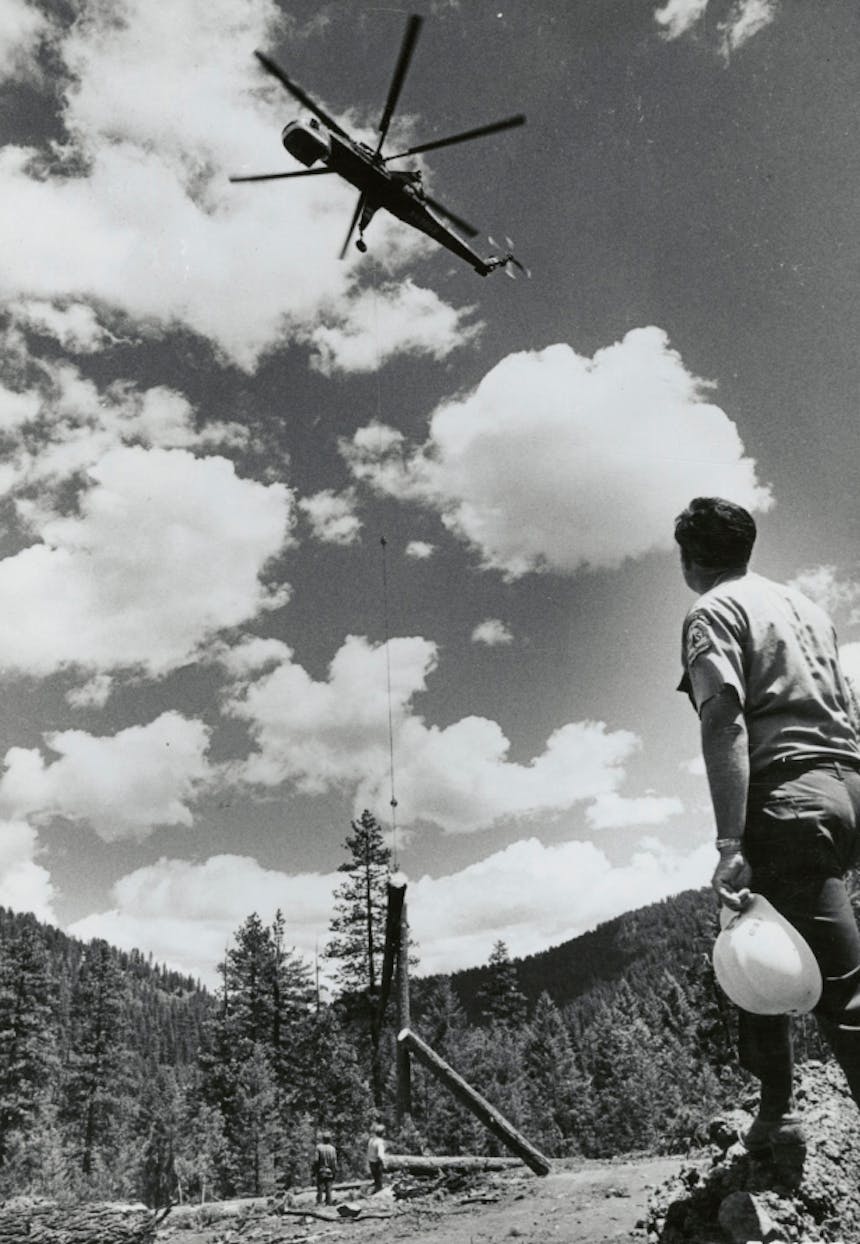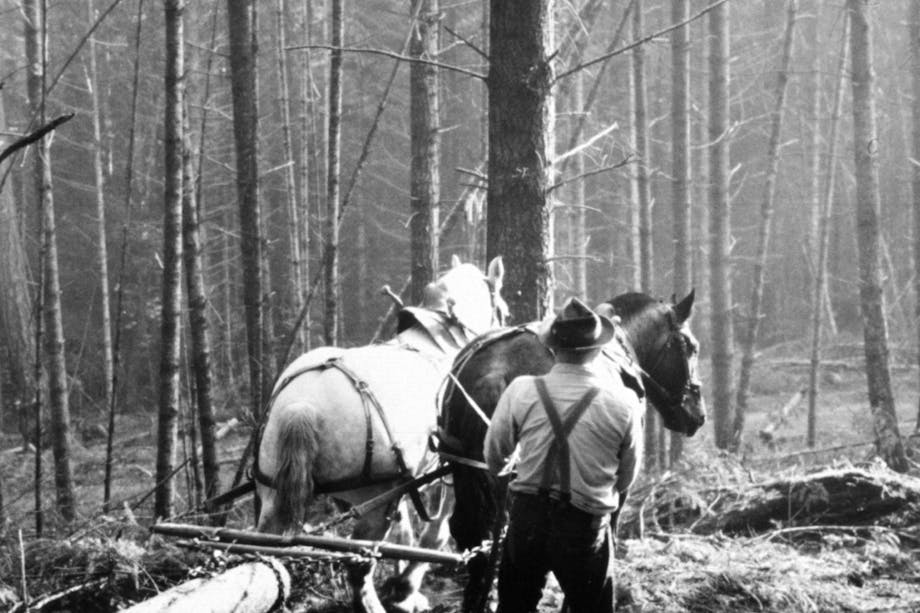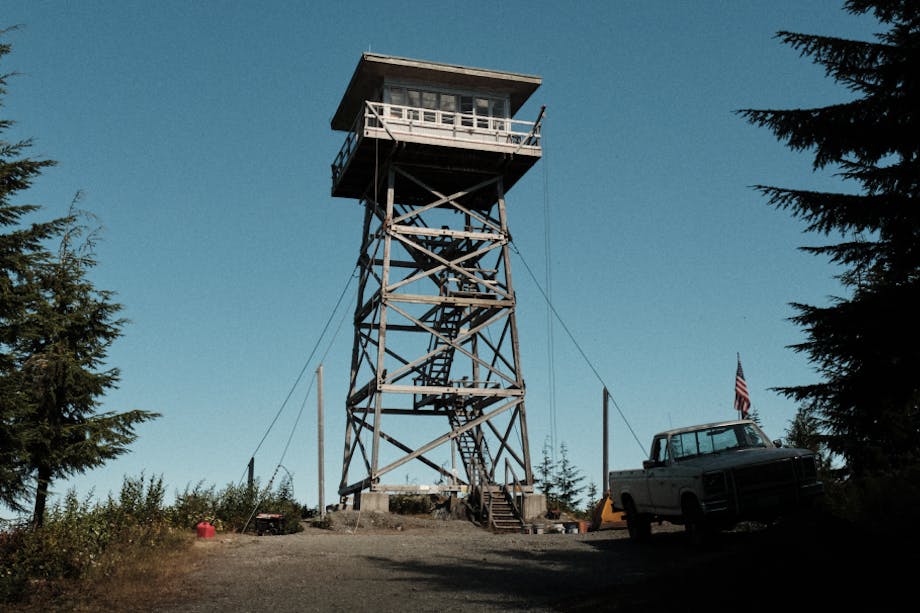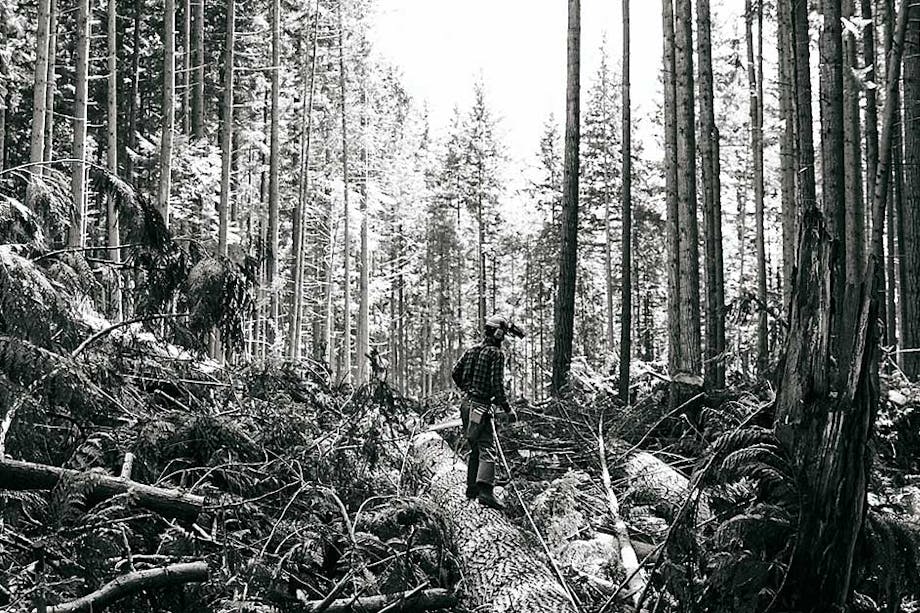The practice is still employed in parts of the world today, including the US and Canada. Often the USFS will use it to thin forest lands in the wildland-urban interface near cities and towns to mitigate wildfire danger. Several logging companies employ it to target specific types of wood and to work in rugged, steep mountainous slopes.
Up to 2.4 million pounds of wood can be delivered in eight hours.
Flying timber out offered many advantages. Operators would save themselves the costs of building roads and other infrastructure. Isolated timber tracts could be accessed, increasing the operators’ production, and overall the practice was safer than traditional methods. Plus, flying out trees would keep environmental damage to a minimum.
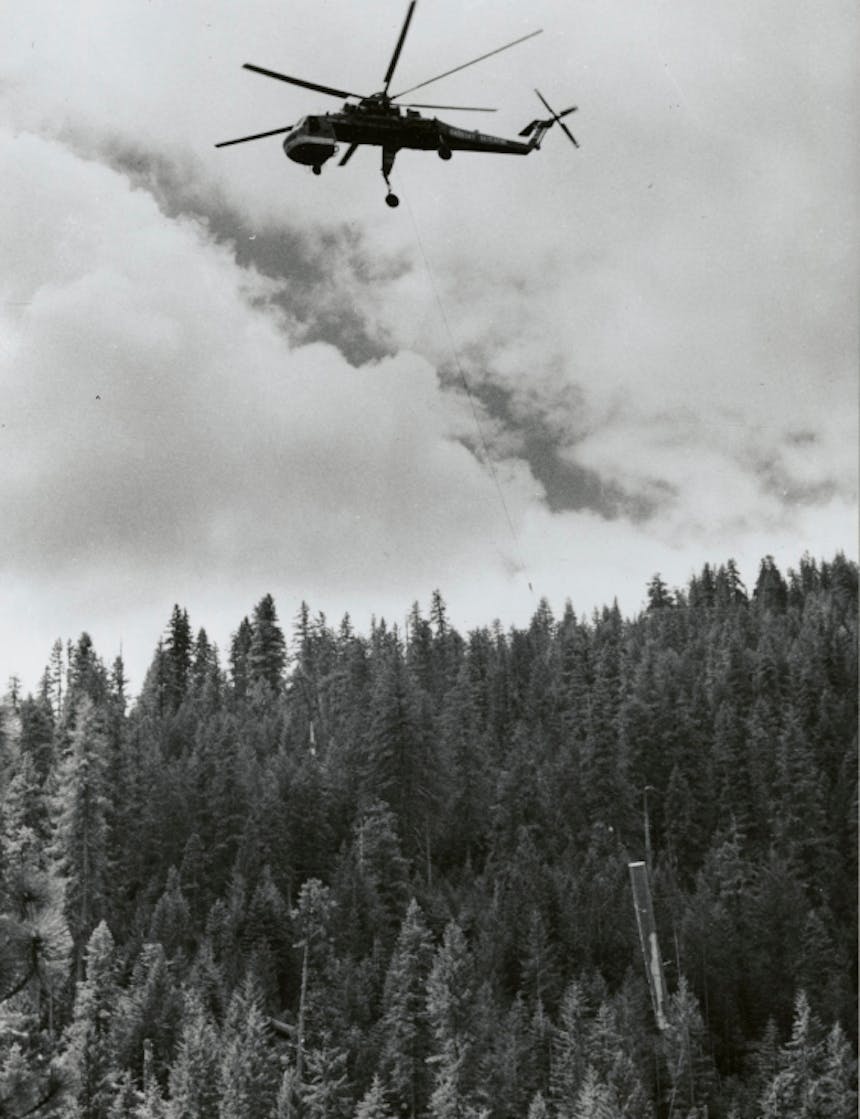

Trees to be harvested are identified beforehand by engineers and surveyors. They are then topped, cleaned of most branches, partially cut at the base, and stabilized with wooden wedges to await extraction. Due to the high cost of aviation fuel, the helicopter only arrives when all the trees are ready. Then it hovers overhead and grapples the trunk toward its top. Once the tree is secured, the pilot increases thrust, snaps the tree free from its base, and quickly takes it to the collection area. Up to 2.4 million pounds of wood can be delivered in eight hours.
